According to researchers, 75% of search engine users never scroll past the first page of results. But it can be tough to get onto that first page—a recent study from Ahrefs revealed that a whopping 90.63% of web pages get no traffic from Google search results.
There are a few reasons why this might happen, but it all boils down to search engine optimization or SEO: the more you optimize your photos and metadata, the better your chances of being discovered.
The best-selling commercial stock photos are often the easiest to find; when Licensing Contributors take the time to craft titles and keywords that speak to buyers, they show up in more searches, resulting in more potential sales and downloads.
Commercial clients can find images to license through 500px, Getty Images, and major search engines like Google. Showing up near the top of those searches is essential, as research suggests that the first five organic results on Google account for a whopping 67.60% of clicks.
Luckily, all of these search tools—from 500px to Google—work similarly, so we can use the same set of basic tips to optimize images across platforms. Here are the most important things to keep in mind when uploading your images for sale.
Get specific with keywords
Adding thorough keywording to your workflow is one of the best things you can do for your Licensing portfolio. We discussed keywording in-depth in this article, but it’s worth going over the basics.
The keywording process can start when you’re planning a new photoshoot; browse some images with a similar theme on 500px and Getty Images and jot down some of the keywords you find in the top search results. Once you’re editing the shoot, you can return to these keywords again and decide what to include.
When brainstorming keywords, many photographers like to think in general terms and then home in on the specifics (or vice versa, starting specific and moving onto general). For example, if you were to keyword John Kimbler’s photograph of a bee, above, you would start generally with terms like “insect” and then get progressively more detailed as you go, adding words like “bee” and “wool carder bee”.
Specific keywords are powerful because they directly target your potential clients. One buyer might search generally for a photo of a bee, but they’ll end up with pages and pages of search results. Another client, on the other hand, might be looking specifically for this kind of bee so their search would specify “wood carder bee”. In that case, the search results would be much less saturated, and your photo would have a good chance of showing up near the top and getting discovered. This is just one example, but it applies to almost any photo, whether it’s of an insect, an animal, or a person.
Of course, general keywords are just as important because most buyers will include them in their searches, but the specific keywords are where you have the best chance of ranking high in those results. You can always run a search on 500px, Getty Images, or Google using your keywords and see where your photos show up in the results; if they aren’t ranking high, you might need to take a more detailed approach.
Use different types of keywords
This tip is important, and it’s something that’s easily overlooked. Many image-buyers will search 500px or Getty Images with a specific subject in mind (e.g., a mother and daughter sitting in the grass or a woman sipping coffee indoors).
As you can see with the two photos above, Licensing Contributor Adriana Samanez has included all those keywords: “mother and daughter”, “family portrait”, “two people”, “outdoors”, “one woman only”, “bedroom”, “coffee”. These are all literal keywords that describe exactly what’s going on in the photo, from the number of people to the location and the activity. They’re also relevant because they describe only the most important parts of the photo.
Still, those aren’t the only keywords Adriana has included. She’s also included more abstract, conceptual keywords that describe the ideas, moods, and meanings within the image: “happiness”, “togetherness”, “independence”, “solitude”, “wanderlust”. These are essential because many buyers won’t know exactly what kind of scene they want; instead, they’ll have an idea of the mood, emotion, or concept they want the photo to convey.
Proper keywording includes a mix of literal and conceptual keywords, plus any words or phrases that describe the image itself. For example, if it’s a drone photo, a flatlay, or an image captured in natural light, those are keywords you’ll want to include.
If specificity is the number one rule of keywording, diversity comes in at a close second. Don’t limit yourself to just one type of keyword; if you need help thinking of ideas, you can always use a keywording tool like Keywords Ready, Xpiks, or Lightroom Keywords.
Here’s another trick for finding keywords: enter the keywords you already have into a search engine like Google, and then check out “related searches” to generate more ideas for your list.
Prioritize your keywords
In general, the 500px Content Team recommends adding 10-25 keywords per photo, but not all keywords are created equal. “The first five keywords you use are ranked higher in searching, so it’s key to make those first five the most essential information,” the team explains.
If you’re a travel photographer, those keywords would probably relate to the location and the people in the image, while a studio photographer would describe the model or the props. Regardless of your genre, make those top five count.
Tag your location
Photographers frequently forget to tag their locations, and it’s so essential we thought it deserved a section of its own. Buyers search and filter photos by location, so take the time to both geotag your spot and add it to your keywords.
Again, you’ll want to move from the general to the specific and include as much detail as possible. That means covering at least the city, state or province, and country where you took the photo. If you were tagging the photo above by Morten Byskov, for example, you would tag “Vietnam”, but you’d also go wider and narrower in scope. Maybe you’d start with “Southeast Asia” then move onto “Vietnam”, “karst islands”, “Lan Ha Bay”, etc.
In the past few years, there have been a couple of viral snafus regarding location in commercial stock photography and footage. In 2015, for example, a presidential candidate used footage shot in Cornwall, England, in a campaign video about the American people and landscape. In another scene, the video featured a so-called “American construction worker,” though it was eventually revealed that that too was shot elsewhere, this time in Southeast Asia.
Buyers are wary of this kind of thing, so if it’s not easy for them to determine right away where the photo was taken, they might skip it and move onto the rest of the search results. Give your portfolio its best chance of discovery by adding this step to your routine, especially if you’re a travel or landscape photographer, where location means everything. If you are traveling and taking tons of photos, remember to keep accurate notes of each location, so you don’t forget.
Make your titles more descriptive
We know that keywords are useful because they’re searchable, but once the search is over and the results have come up, buyers are unlikely to spend the time reading through every single keyword. That’s where titles come in.
Regardless of the platform, titles are one of the first things buyers see when browsing images. And on some platforms, like Google, they’re also searchable; a good file name is key to showing up on major search engine results, as they rely on these to determine the content of your image.
Titles are tricky because they’re subjective; on social media, we’re encouraged to come up with unusual or imaginative titles, but that’s not the way to go if you’re shooting for commercial Licensing. Instead, keep your titles as straightforward and descriptive as possible.
As with keywords, you’ll want to get specific but also keep it simple. Include only the most relevant information, and use your titles to (succinctly) describe the image as you would to someone who’s not looking at it.
If it makes sense, include your most important and relevant keywords in your title. If you were titling the photo above by David Maimó Lázaro, for example, you could probably get a few keywords in there by using something like “Godafoss, Iceland at night with the Aurora Borealis.” Similarly, you might title the photo below by Simeon Pratt “Drone view of Lake Michigan, Chicago, Illinois, USA.”
Avoid “spamming”
As search engines become smarter, they get better at detecting when something looks like spam; for photographers, that includes too many irrelevant keywords, titles that don’t make sense, and unhelpful keywords and metadata.
When submitting your photos for Licensing, you don’t have to tag every single element in the photo—just the most important ones. All other things being equal, a photo with 10-25 relevant keywords will outsell one with 50 irrelevant ones. In short, stay on-topic.
It can be tempting to add keywords with your business name or camera info, but buyers are unlikely to search for those specific terms, so leave them out of your metadata. When it comes to keywording, simple and clean will always outrank chaotic and confusing.
Make frequent updates
Search engines prioritize new, updated content; on 500px, searchers can filter results by freshness, and Google even employs a “freshness algorithm” to do the same automatically.
On Google, some keyword searches require “fresher” results than others; for example, if you’re photographing something timely or creating content around current events, it’s especially important to be uploading new content. That principle holds for seasonal images too; if you anticipate a spike in searches for your keywords, remember to submit your newest work on the subject.
Stay connected
Link building can form the foundation of searchability, so it’s always a good idea to connect all your channels. Make sure your Facebook, Instagram, and Pinterest accounts all link back to your Licensing portfolio on 500px, and feel free to add links to any blog posts you add to your website.
Adding simple buttons and links makes it easy for others to share your work and link back to it themselves, making your pages stand out to search engines in general.
Not on 500px yet? Click here to learn about Licensing with 500px.

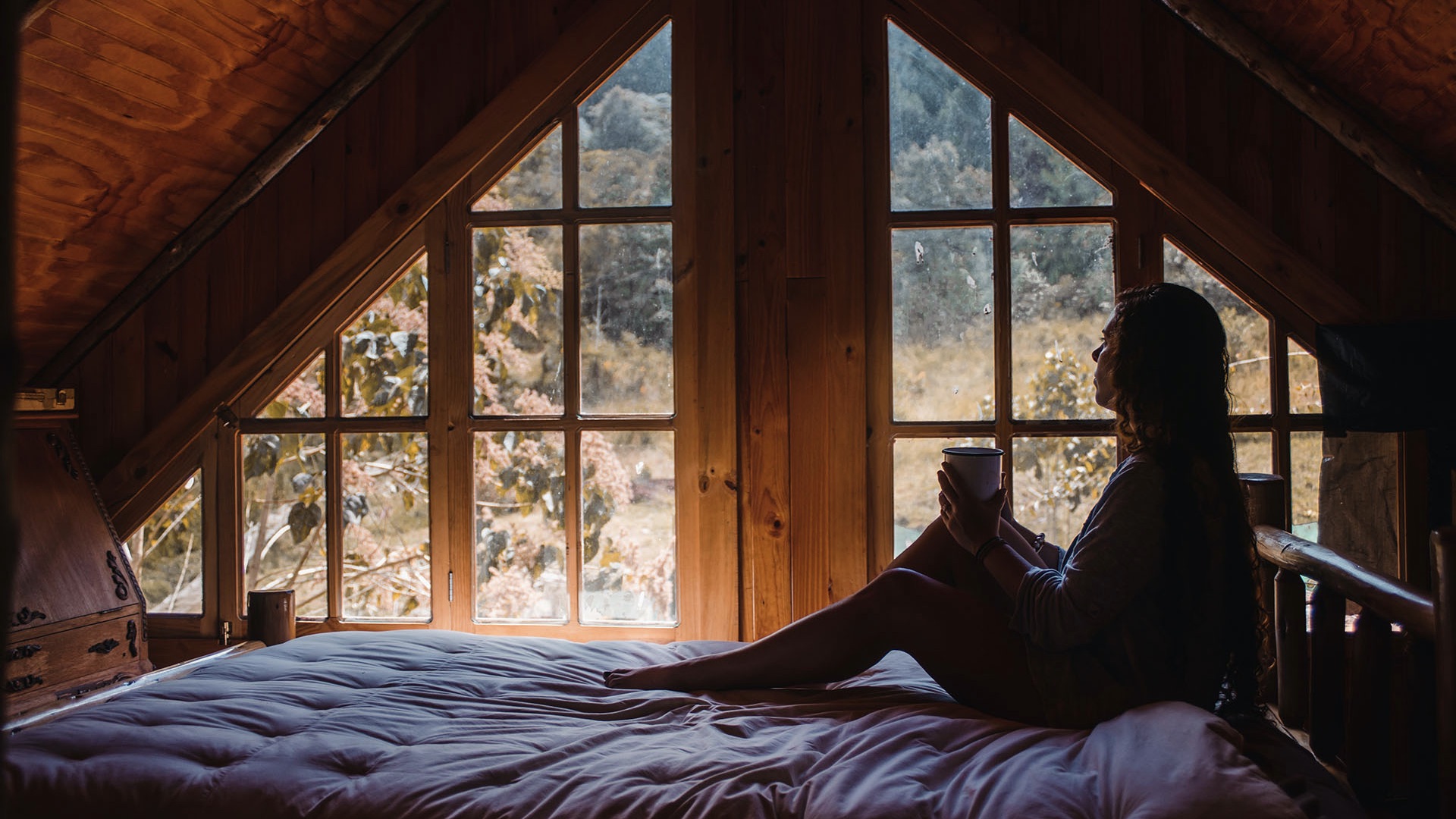

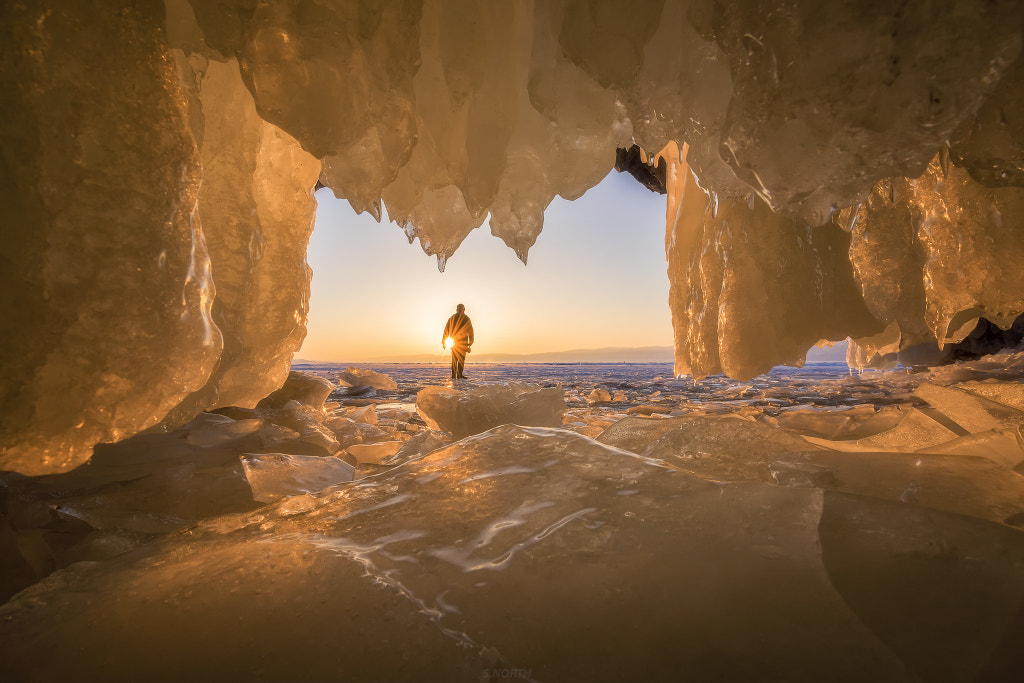

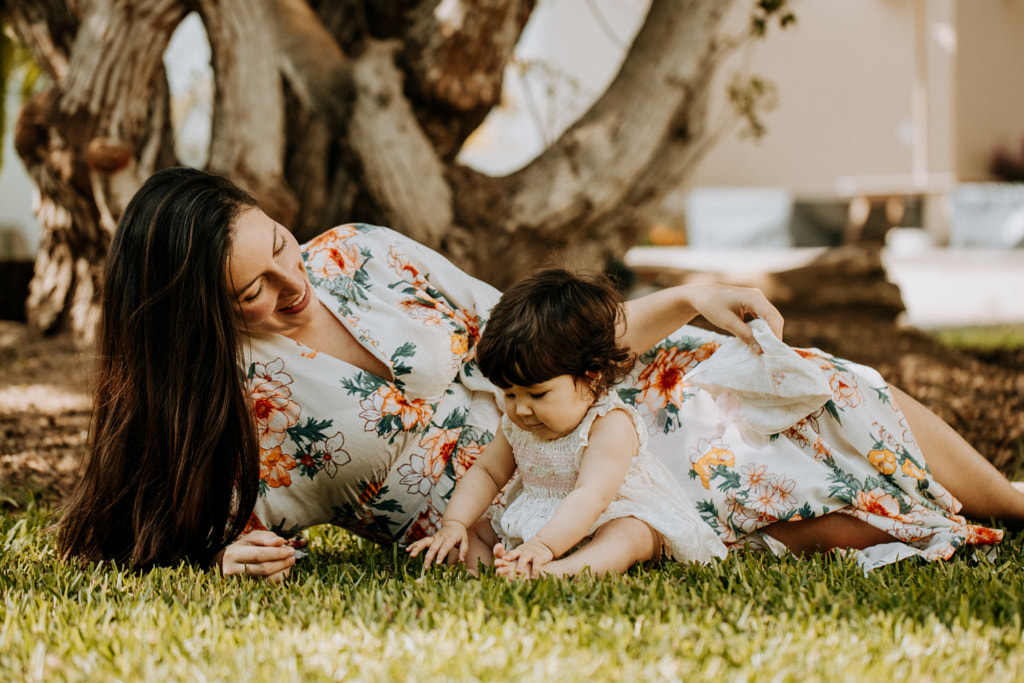
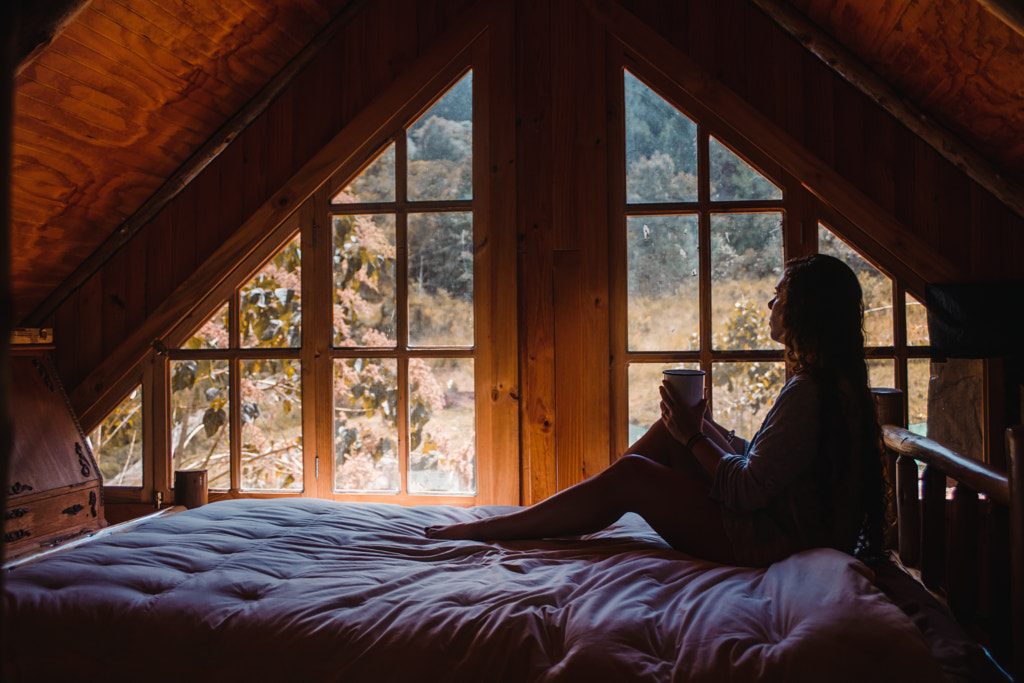
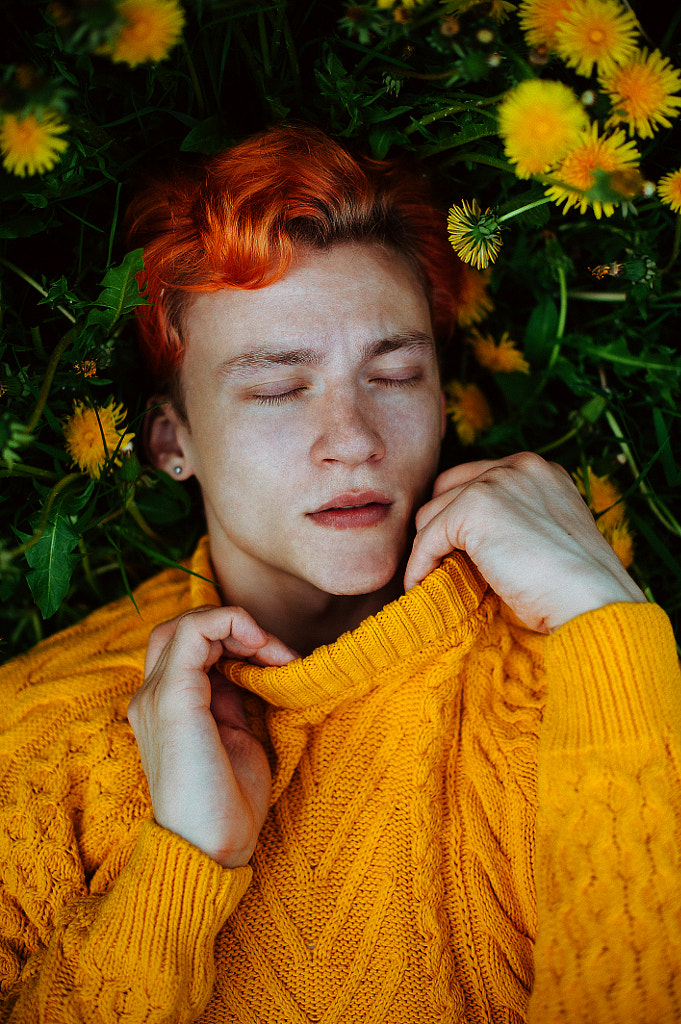

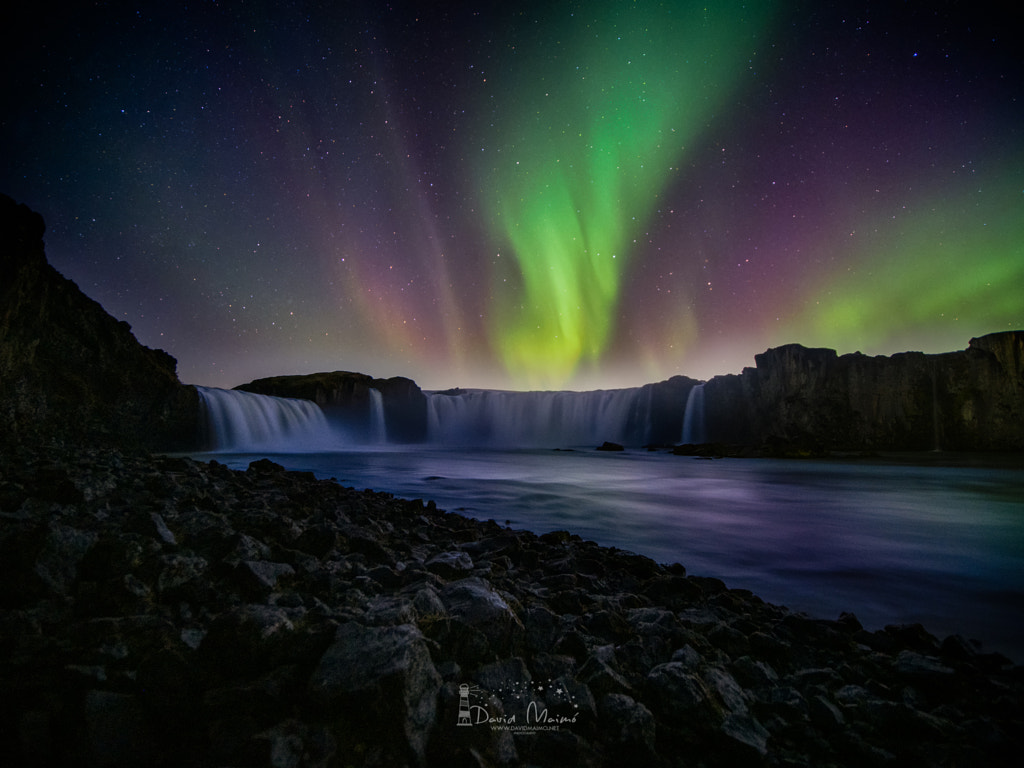

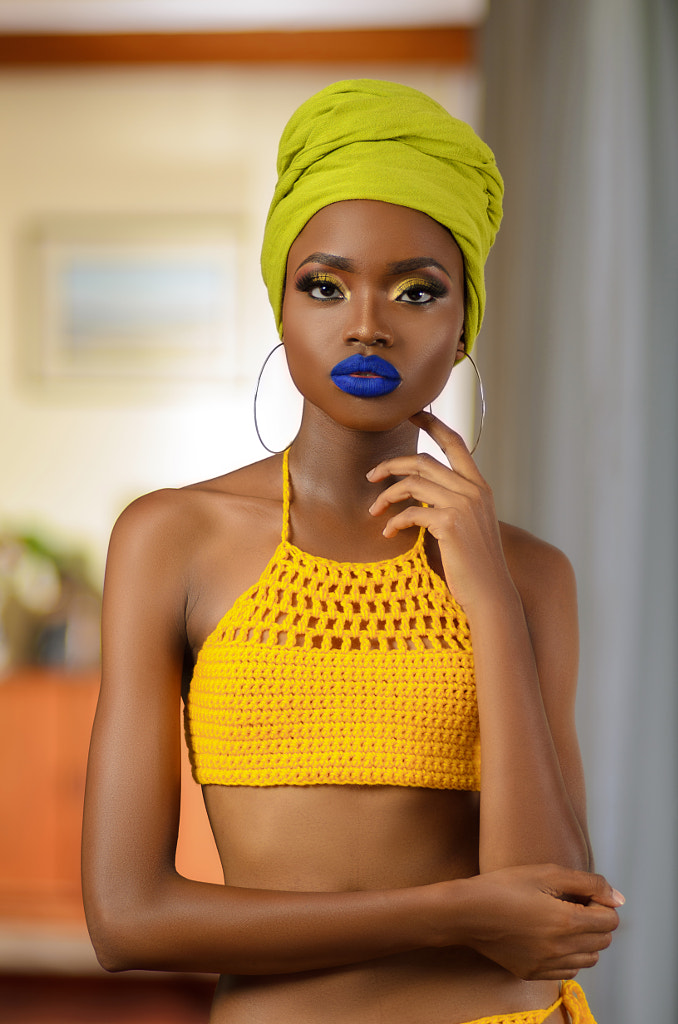

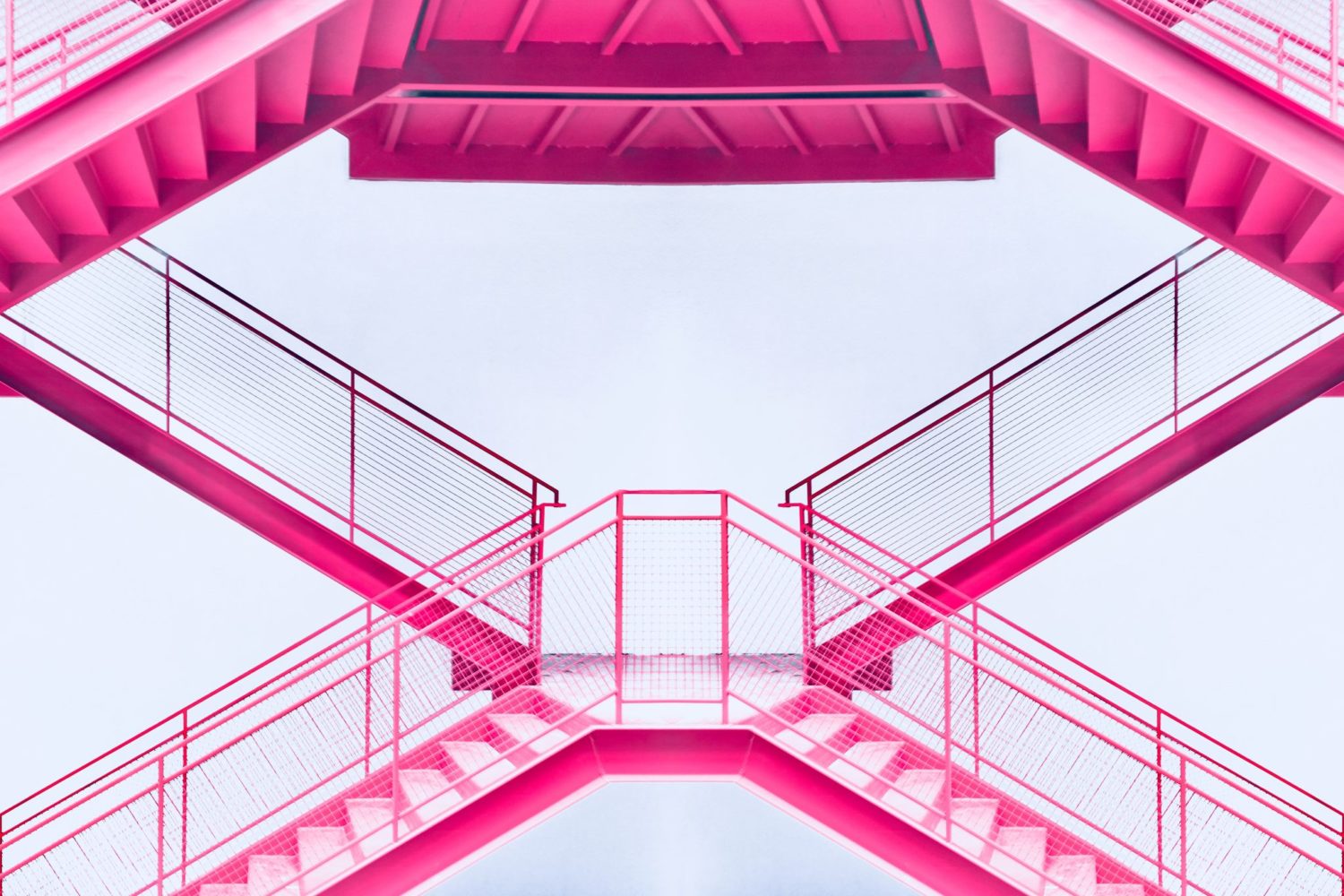

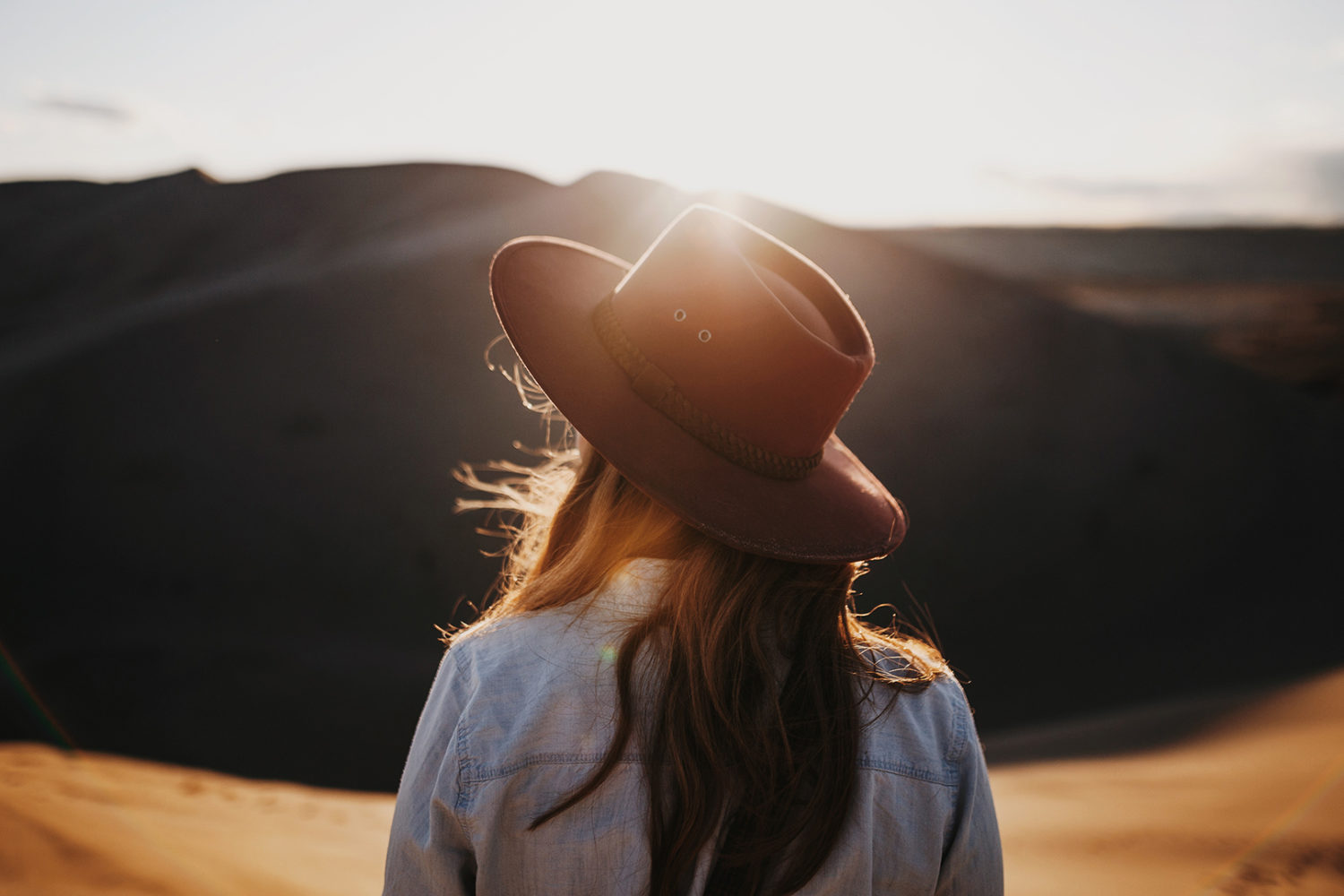
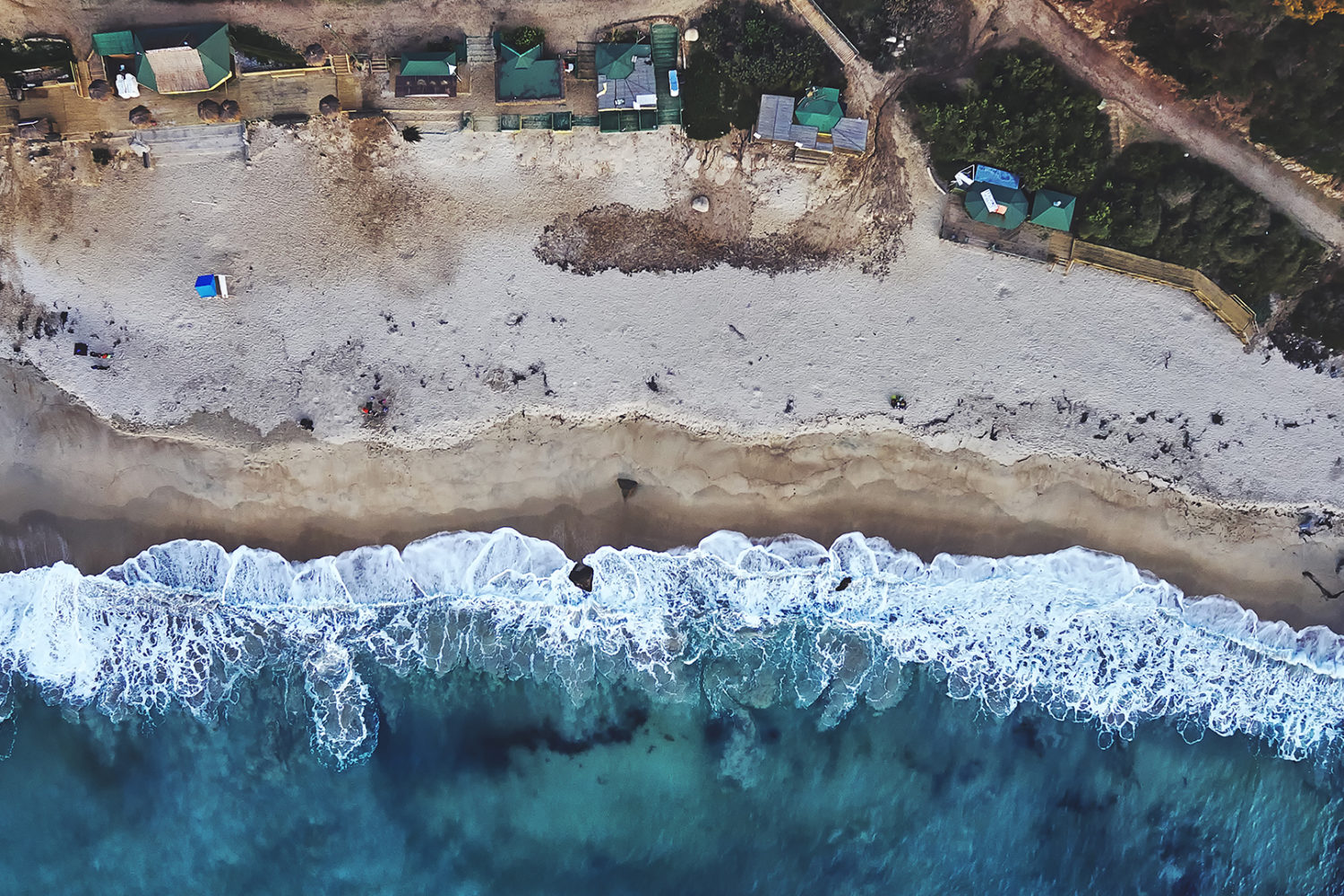
Leave a reply